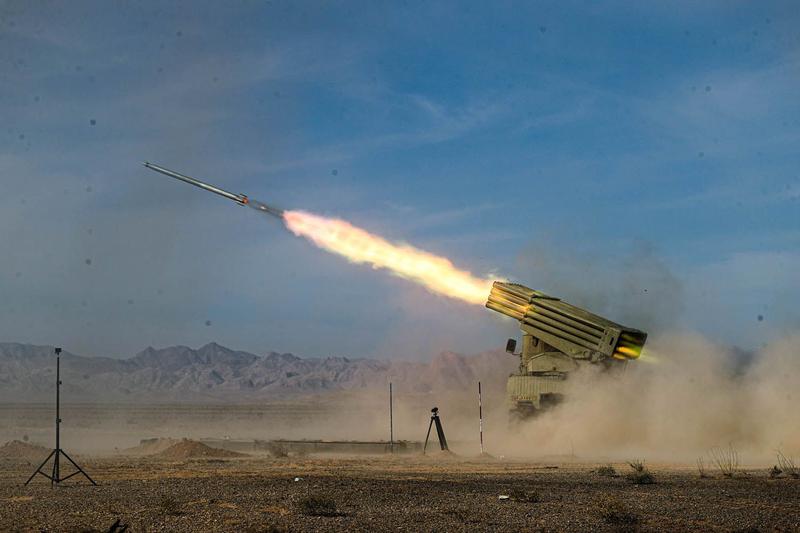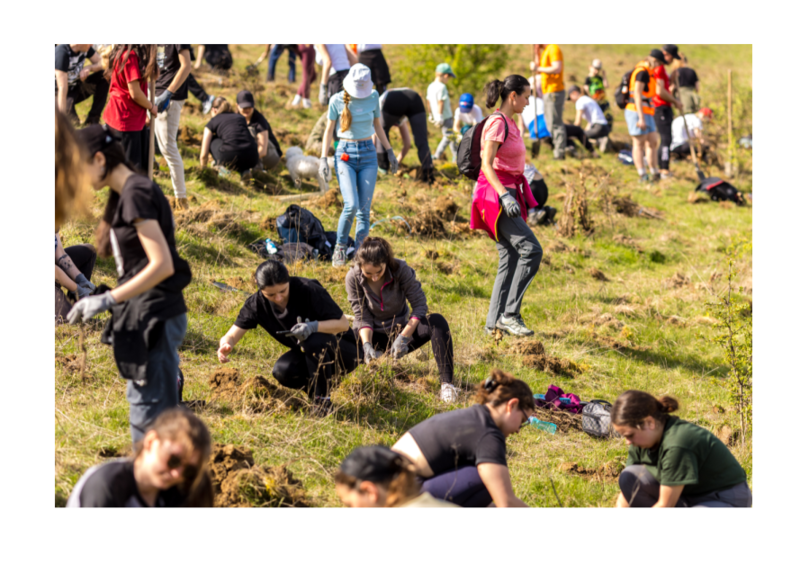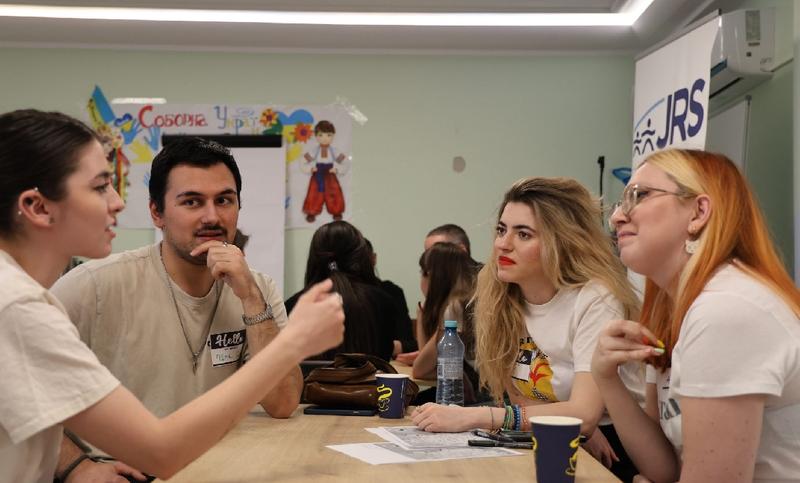It's official: for the first time in 40 years, the World Health Organisation declared swine flu pandemic. The virus spread to 74 countries. This is the fourth pandemic in 100 years. It has been tagged with 'moderate' so far. What is, exactly, the swine flu? Why don’t we have a vaccine yet? How are the virus mutations achieved? Mihhnea Bostina from Harvard Medical School answers.
R: General WHO manager Margaret Chan declared swine flu world pandemic, after 41 years from the last world pandemic. How do you comment this news?
The time interval is interesting. The main flu pandemic Hilleman observed so far are 1889 (H2) - 1900 (H3) - 1918 (H1) - 1957 (H2) - 1968 (H3) - 1986 (H1).
What's interesting is the period f time between the flu caused by the same root: 68 years, meaning a medium life span of a generation.
R: What are viruses?
If we simplify things, we could say they're a form of archived information. The information is their genome, made of either DNA or RNA. It is protected by a molecular tissue or membrane, or both.
R: And how do they work?
Their main task is self-replication. They need to disguise several timed during their life to be able to do it. They need to be able to infect the type of cells they specialise in and where they can replicate.
The problem in this case is for hem to get pass the membrane, whose function is to block their access. Secondly, they not only have to cheat the protection system in-built in the cell and to get away unnoticed, but they also need to use part of the molecular machine to produce new viruses. Thirdly, these viruses need to be able to leave the cell and infect other cells from new organisms.
This is the first round. There isn't usually a clear winner. The virus manages to self-replicate to a certain extent, but the infection is eradicated eventually.
And as a supreme sign of victory, the body posses a set of antibodies, that will recognise the virus next time.
R: What happens next with the virus?
There's act two. The virus travels within the population and suffers mutations. At some point, it will try to re-infect an organism.
We’ve got two scenarios here. The happy case: the antibodies will recognise the virus and neutralise it. The other scenario: the successive mutations
suffered by the virus during its travelling from one body to the next will make it unrecognisable. So it will repeat the previous match.
R: What is the flu? What are its personal traits?
In case of flu, the antibodies are directed towards a protein from the viral membrane that facilitates the cell penetration. We're talking about hemaglutinin - the one that provides letter H in the flu roots nomenclature. This is the subject of a strong evaluative pressure: the 'exposed' regions of this protein, recognised by antibodies, are the ones that change, which makes us so 'naive' every year, when we face such an old virus.
R: How does the virus manage to adapt? Which are these mutations that make us potential victims of a new type of flu?
In the case of flu, the viral genome has this particularity: we do not have a single long RNA row, but eight separate segments. The information is not 'published' in a single volume, but in 8 separate chapters. For a complete infection, this small library needs to be complete, but it it not compulsory that this volumes are launched by the same publisher.
Bottom line, the virus transmission efficiency is conditioning the spread of the virus and there is the possibility that sometimes, parts of roots adapted for different species to coexist without any problem.
R: How can we be affected by swine flu, avian flu or 'regular' flu?
When an organism is infected with different flu roots, these can create combinations. That is why we have, in the case of this root, genes that are specific to birds, pigs and humans. In the current case, the virus is specific to humans, hence the rapid spread, disregarding its components' origin. Co-infection can occur in any of the three flu cases. The most probable case for the current flu has been a pig.
R: How does the avian flu work?
Birds are generally immune to the flu. The estimates show that 25% of birds live with at least two roots, which can lead to virus combinations, resulting into new roots. Fortunately, the form of avian flu triggered several years ago is not passed from one man to another. If it would, the mortality rate could reach a tragic 60%.
The greatest danger in the case of the current pandemic is that the more people are infected, the more exposed we are to a combination, leading to high infection and death rates.
R: How do the viruses manage so many combinations?
Firstly, because they are many. One drop of water there are roughly one billion viruses. Secondly, they are extremely different. One litre of ocean water contains over 1,000 different virus species. And thirdly, because they are simple. Simplicity keeps simple networks. And simple networks act fast.
R: Why is simplicity an advantage?
Viruses are one of the most clear examples that biological evolution aims not towards complexity, but towards difference. The recipe for victory is not complexity, but surprise! Viruses take advantage of the body's naivety and good faith. The fool the cellular receptors and penetrate the cell. They mime a normal behaviour. They discretely send their RNA to the nucleus, where it is converted into proteins. Like the talented Mr. Ripley at a molecular level, the great art of a virus is to avoid being identified. Otherwise, the innocence presumption that many cellular organism work with will finalise the process.
R: What type of flu have we got?
There have been 10 roots circulating within the last 10 years: one form of H1N1, one H3N2 - these roots belong to the A category and one root belongs to B category. But the nomenclature is not important, but the fact that we deal with the same viruses, affecting 15 - 20% of the population annually. As I said before, these roots suffer constant mutations, allowing them to escape the traps set by the immune system, therefore we need to come up with a vaccine every year.
The vaccine is based on a future combination prediction, rendering only a partial protection. As far as this year goes, I've only seen a 40% protection. Usually, we've got a 70 - 90% protection.
R: Why aren't more roots used in a vaccine, then?
This is a legitimate question: why don't we create a vaccine that could handle 5 or 6 roots and increase the protection? Firstly, because the dose will have to be bigger and this will be more painful. On the other hand, we don’t know how a body would respond to the dose. Or maybe we would need more jabs, but the risk of second effects would increase. The vaccines would be more expensive, more complicated and their production would necessitate a lengthier time.
R: How scared should we be of the world 'pandemic'?
There has been some confusion during the current epidemics. The fact that the words 'pandemic' and 'panic' include the same letters combination is a purely deceiving coincidence. The pandemic addresses the spread of the virus. The spread is not related to aggressiveness. On the contrary: a virus that kills its host quickly does not have the skill of spreading quickly. Therefore most of the dramatic epidemics - take Ebola for example - disappear fast. The victim dies before infecting others. The only feature that matters is ineffectiveness. Rankness is of less importance.


















